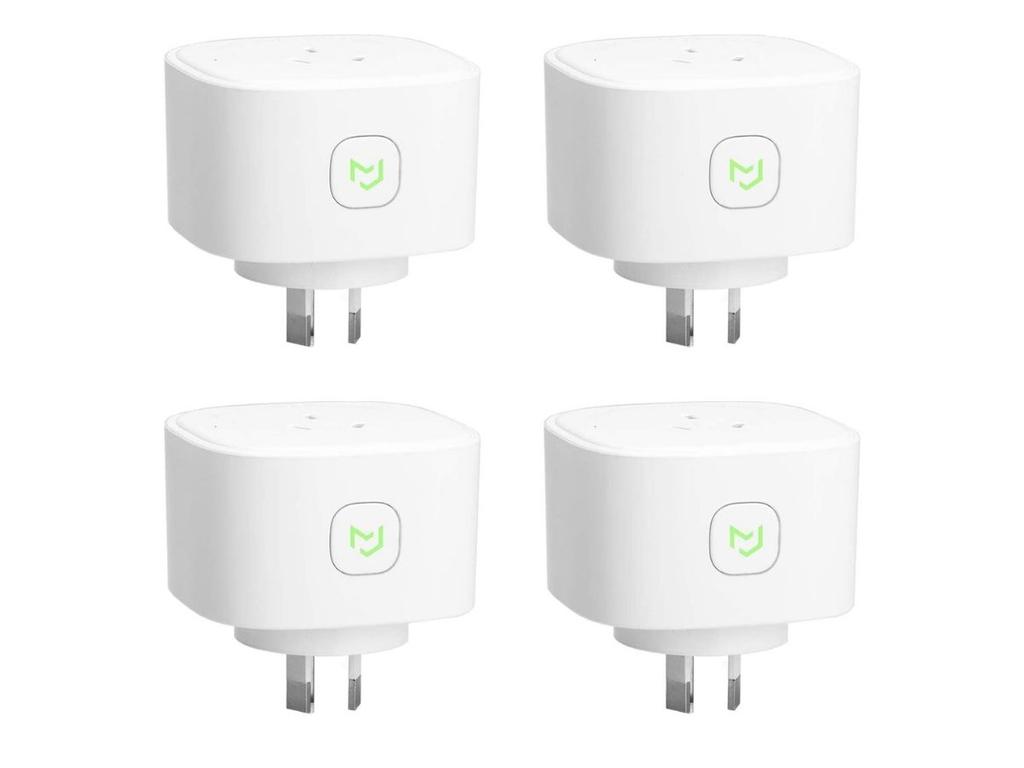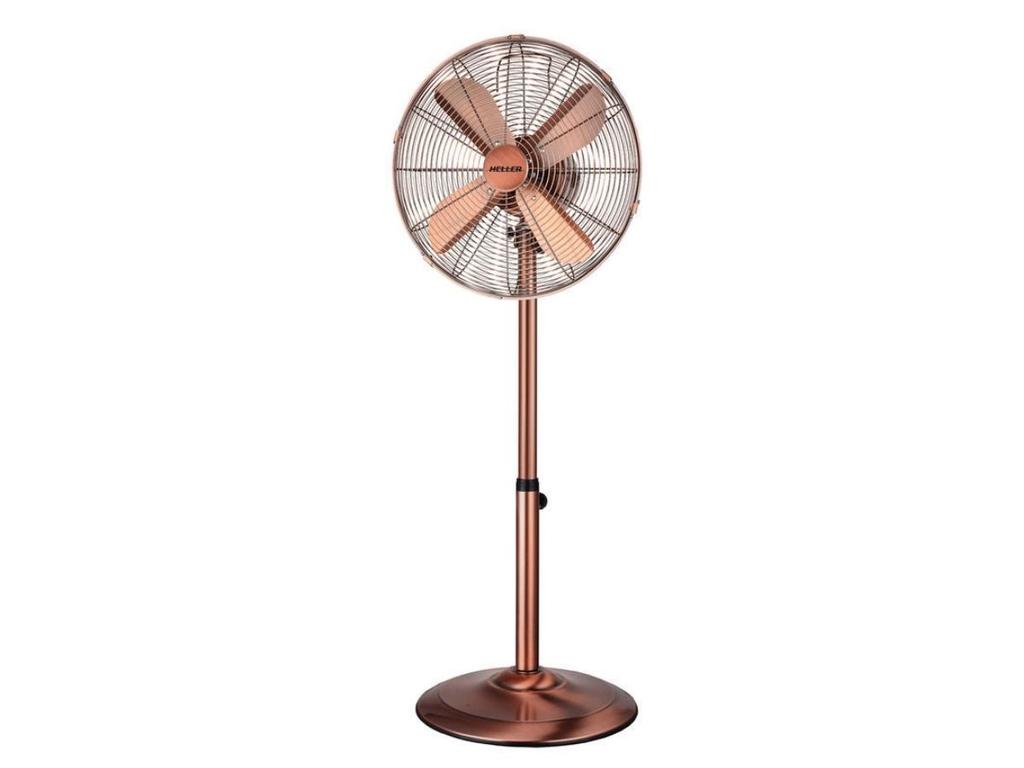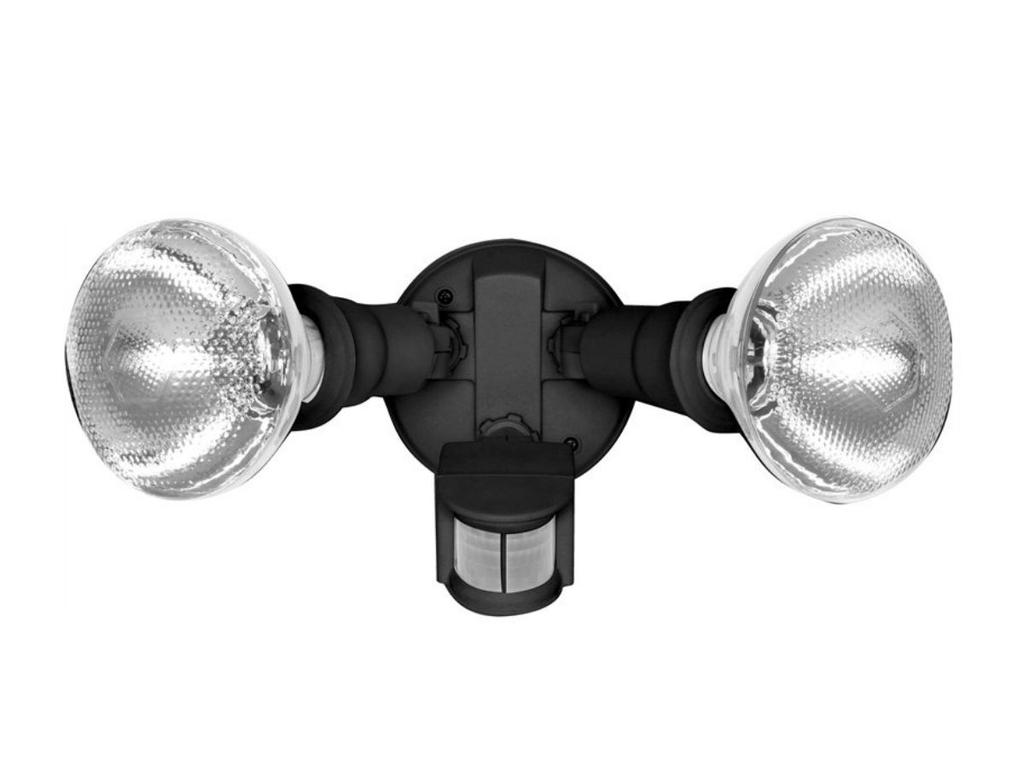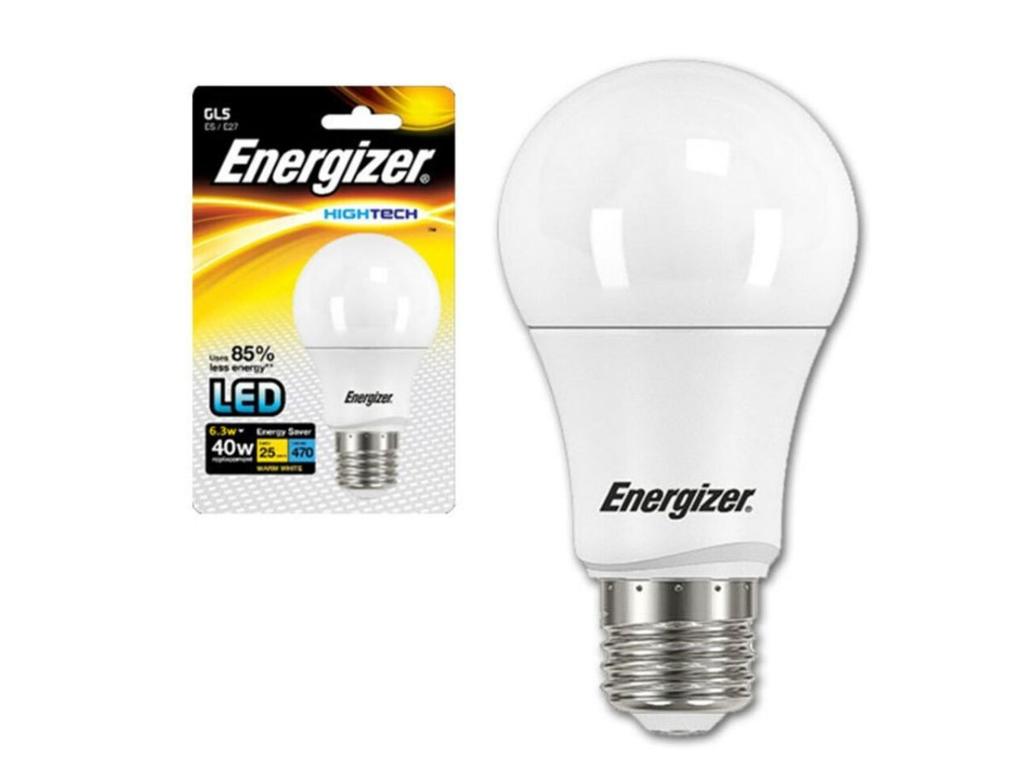How to save power: Five household switches to help you save
When it comes to stretching your budget, little changes can really add up especially on big costs like power bills.

We may receive payments from third parties for sharing this content, and when you purchase through links in this article. Product prices and offer details are not assured, and should be confirmed independently with the retailer. Learn more
If your recent energy bill has skyrocketed after months spent living and working from home, it may be time to review your household’s power usage.
According to energy supplier Red Energy, the average household energy consumption has risen by 10 to 15 per cent this winter, with days spent working from home and the reliance on our heater and now, air conditioners the likely culprit.
When it comes to reducing your electricity costs, it’s the little changes and simple habit swaps that result in big savings. From switching the kind of light bulbs you use or preventing ‘phantom electricity’ usage, here are five easy bill-cutting moves to make.
HOW TO COMPARE YOUR ENERGY BILL
First things first, while product switches will lower your energy consumption, get to the root of the problem by ensuring you’re getting the best rates possible from your energy provider.
For a free bill check, news.com.au have teamed up with Aussie start-up Accurassi who’ve created an easy service that finds the best provider for your household, whether that’s based on price or environmental impact.
Not only has it saved users hundreds on their annual power bill, all you have to do is go to the check your bill page, type in your address, upload a recent electricity bill and you’ll be able to compare your current plan against thousands of options.
1. Monitor your home’s electricity output

While we know to turn off our appliances when they aren’t in use, unless your devices are switched off at the wall plug they’re still using ‘standby power’. According to a 2016 report from the Department of Industry, Innovation and Science this costs the average household $100 a year, with the most power-gundry devices being non-ducted and ducted airconditioners, microwave ovens, subscription TV set-top boxes and gas (main) water heaters.
If you don’t want to continuously turn your devices on and off, consider using a smart plug with an energy monitor. Depending on the model this means you can measure the power consumption of your appliances (including their standby power), while ensuring they’re completely switched off when they aren’t needed.
As an added bonus, their ‘smart’ function also means you can control your devices from your mobile or voice-operated devices like a Google Home or Amazon Alexa device.
Consider this: Meross Smart Plug 4 pack, Amazon, $74.99
2. Use a fan instead of the aircon

If you want to track down the biggest culprit of an eye-bulging power bill, your household’s cooling and heating habits are often to blame. According to Canstar, a split system air conditioner costs around 33c to 40c an hour to run while a ducted system will set you back a whopping $1.48 to $1.94 per hour. The humble fan, however, is considerably cheaper.
Ceiling fans are the most efficient, costing a maximum of 1.29c but affordable pedestal and bladeless fans are quite cost-effective to run too. The portable option comes in at just two to three cents an hour to operate.
Consider this: Nordic 45cm Copper Pedestal Fan, $89
3. Lights with a motion sensor

If you have a habit of leaving your lights on during the night, a simple switch to a light with a motion sensor will help conserve electricity. The motion sensor uses minimal ‘phantom power’ to run (around one watt on standby mode and five watts when active) and this can be a good option for low-traffic areas like your garage, front door, garden or bathroom.
Consider this: HPM Twin Black Security Sensor Light, $51.90
4. Power-efficient light bulbs

On the topic of lighting, transitioning to LED light bulbs is also better for your wallet and your environmental footprint. While they’re the costlier initial investment, LED bulbs are brighter than fluorescent and halogen bulbs, require less energy to run and last years (if not decades) longer too.
Unlike other lighting options LED bulbs expend less energy (around 5 per cent) on heating the lighting implement and more on producing the light itself. In comparison inefficient incandescent globes expel 95 per cent of their energy into heating the lighting implement.
Consider this: Energizer LED Screw E27 White 6.3w 40W Light Globe (6 pack), $57
5. Understand how energy ratings work

For an easy way to compare the energy efficiency of your household products, the Australian Government now requires manufacturers of new appliances to feature the official Energy Rating system. The ratings use a six-star energy efficiency system and four-star super efficiency rating, in which the more stars a product has, the better.
This sticker also tells you how many kilowatt-hours an appliance emits per year allowing you to estimate its running costs – all you have to do is multiply this figure against your current electricity rates. Just keep in mind that any appliance that heats or cools (like your fridge, washing machine or dryer) will use up more power than something that just emits sound or light, like your TV or laptop. For the best comparative results make sure you’re only comparing similar sized products as the bigger an item is, the more energy it will use.
Learn more at energyrating.gov.au




